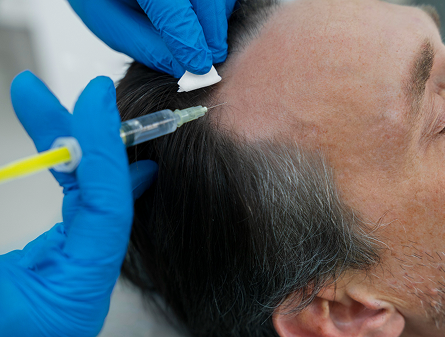Platelet-rich plasma (PRP) treatment uses the patient’s blood to stimulate growth in the scalp by encouraging growth from the hair follicles. Minoxidil is a topical treatment that increases blood circulation to the scalp which dilates the blood vessels and makes hair follicles larger.
PRP treatment uses your biomaterial while minoxidil is a chemical solution. Both are topical treatments but minoxidil is also available as an oral solution. PRP treatment is often combined with minoxidil to tackle hair loss but minoxidil is often used on its own.
Check out the comparison table below to see the differences between PRP and minoxidil hair regrowth solutions.
- PRP, unlike Minoxidil, is a medical treatment in which the patient’s platelet-rich plasma is injected into the scalp to induce follicular repair and regrowth.
- PRP addresses the cause of thinning by inducing natural regrowth.
- PRP is best suited for those seeking personalised, professional care with fewer long-term side effects than chemical treatments.
- Minoxidil differs from PRP in that it is an over-the-counter topical treatment directly applied to the scalp.
- It triggers hair growth by widening blood vessels and increasing blood supply to follicles.
- Ideal for those who would prefer a simple, painless option that can be taken at home daily.
- PRP is significantly more expensive than Minoxidil in Australia.
- PRP requires multiple in-clinic sessions with a specialist, plus semi-annual maintenance appointments.
- The higher cost of PRP embodies the personalised nature, clinical setting, and handling of the biologic materials that are encompassed.
- Minoxidil costs much less than PRP and is readily available in pharmacies nationwide in Australia.
- It’s a cheap daily treatment, though extended use is required for effects to be long-lasting.
- Over time, the cumulative cost of Minoxidil remains low compared to PRP’s professional fees.
- PRP needs monthly sessions for 3–6 months, then maintenance sessions every 6–12 months.
- Each session takes 30–60 minutes and needs preparation and recovery time.
- In contrast to Minoxidil, PRP is less regular but requires professional scheduling and clinic appointments.
- Minoxidil must be applied once or twice daily, indefinitely.
- While quicker to apply than PRP sessions, its effectiveness relies entirely on consistent daily use.
- Missed applications may reduce results, making it more demanding for users seeking a lower-maintenance solution.
- PRP involves the removal of blood, centrifugation to achieve plasma, and injection within the thinning area of the scalp.
- In contrast to Minoxidil, PRP provides growth factors directly to the follicles through minimally invasive treatments under clinical observation.
- Topically applied to the scalp and absorbed by the skin, Minoxidil is utilised.
- In contrast to PRP’s intra-application, Minoxidil is applied externally by stimulating blood flow.
- No injections or visits to the clinic are involved, making it easy to incorporate into everyday routines.
- PRP is usually safe, but has a few risks since it involves being invasive.
- Mild injection site swelling, redness, or tenderness are usual side effects of PRP.
- In contrast to Minoxidil, PRP is not likely to cause allergic skin reactions as it involves the patient’s plasma.
- Minoxidil is not invasive but may cause side effects such as irritation, itching, or flaking of the scalp.
- Compared to PRP, it has a higher tendency to cause skin sensitivity due to its chemical structure.
- Long-term use is required, increasing some users’ likelihood of adverse reactions.
- A medical professional must administer PRP in a sterile clinic environment.
- Unlike Minoxidil, PRP cannot be applied at home.
- The need for appointments and travel makes PRP less convenient for busy individuals.
- Minoxidil is easier to use than PRP, requiring no medical assistance.
- It is applied at home and fits into a regular grooming routine.
- However, users seeking less frequent maintenance may see its daily use as a burden.
- PRP is available in dermatology and cosmetic clinics across major Australian cities.
- Unlike Minoxidil, access is limited in regional areas without specialist facilities.
- PRP is less accessible to those without proximity to trained practitioners.
- Minoxidil is more accessible than PRP in Australia.
- It can be purchased over the counter in most pharmacies and online without a prescription.
- Its wide availability makes it a practical choice for users in both urban and rural areas.
- PRP may deliver longer-lasting results than Minoxidil after several sessions.
- Maintenance treatments are required, but many users report lasting improvements even with less frequent follow-up.
- Hair loss may return more slowly than with topical alternatives if discontinued.
- Minoxidil results are only sustained with continual use.
- Unlike PRP, stopping treatment typically results in rapid hair shedding and reversal of gains.
- This creates dependency, making long-term consistency essential for success.
- PRP is often combined with supplements or microneedling but requires medical oversight.
- Unlike Minoxidil, PRP may not be ideal to pair with aggressive topicals without supervision due to potential sensitivity at injection sites.
- Minoxidil is commonly used with shampoos, conditioners, and other topical regrowth products.
- In contrast to PRP, it’s easier to integrate into multi-product routines without clinical approval.
- However, excessive combinations may still irritate sensitive skin.
- PRP appeals to users looking for a high-tech, natural treatment rooted in regenerative medicine.
- Unlike Minoxidil, PRP offers a long-term treatment without daily intervention and overly invasive medical involvement, which can boost confidence in the treatment plan.
- Minoxidil appeals to users wanting control, simplicity, and autonomy.
- Unlike PRP, it allows for private use without clinical intervention.
- It’s emotionally appealing to those who favour an everyday, over-the-counter solution without appointments or medical oversight.
- PRP enhances scalp health through rejuvenation of the tissue, promotion of circulation, and follicle stimulation.
- In contrast to Minoxidil, which mainly encourages hair growth through vasodilation, PRP offers a more in-depth biological strategy for reversing hair loss.
- Minoxidil enhances follicle blood flow, stimulating hair growth and minimising shedding.
- Unlike the regenerative action of PRP, Minoxidil will not restore damaged follicles but will increase density temporarily when used.
- PRP produces clinical waste from single-use syringes, gloves, and vials.
- Unlike Minoxidil, PRP also involves transport emissions from frequent clinic visits.
- While adequate, PRP is less environmentally sustainable than reusable or home-based solutions.
- Minoxidil generates waste through packaging, empty bottles, and daily applicators.
- Unlike PRP, it doesn’t involve travel or clinical disposables, but long-term use still contributes to plastic and chemical waste.
- More eco-conscious users may consider low-waste refill options where available.
Shop our hair solutions
We are committed to providing affordable hair regeneration services for people all over Australia. Our formula can help you regain your confidence.
Shop Now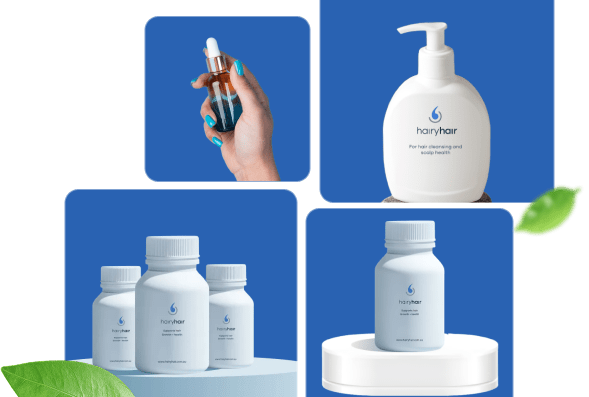

Comparison Summary
In terms of cost, minoxidil is a cheaper solution in the long term and both PRP and minoxidil require regular applications in order to enjoy results. PRP treatments however are less frequent with a session being administered once a month for three months followed by top-up sessions every 3 to 4 months.
Minoxidil treatments require daily or twice daily applications in order to keep up results. PRP treatment must be performed by a medical professional using clinical equipment but minoxidil is administered at home.
Since PRP treatment needs to be done in a dermatologist’s or aesthetician’s clinic it may not be accessible for everyone especially if you live in a rural area. Minoxidil can be acquired online in many cases once a prescription is acquired or over-the-counter versions are also widely available.
While PRP treatment results can be enjoyed over a longer period without the need for top-ups, minoxidil treatment results will reverse if you stop taking the medication with hair loss recurring after a few months.
Minoxidil vs PRP Which is Better: User Guidance
While both treatments are topical, if you have a problem with needles and the sight of blood, minoxidil treatments may suit better than PRP treatments which are minimally invasive. Minoxidil treatment may suit you better if your hair loss is slightly more advanced whereas PRP treatment can work well on thinning hair if you are in the earlier stages of hair loss.
PRP treatment can be combined with other non-chemical treatments like microneedling while minoxidil is often paired with other chemical treatments like finasteride.
Topical minoxidil has been approved by medical boards like the FDA while PRP treatment has not yet been approved but studies have shown promising results.
Take Our Hair Loss Quiz to See Which Treatment Suits You?
Take A Hair Quiz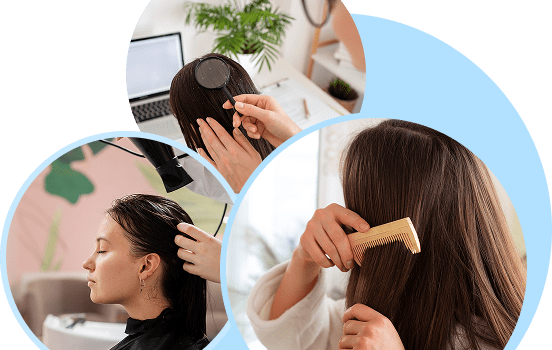
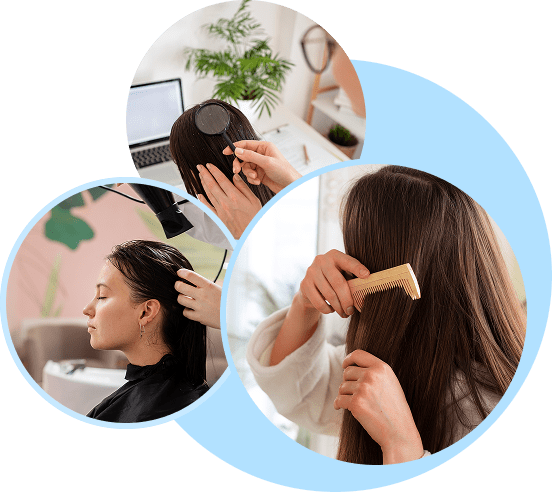
Frequently Asked Questions
We have put some commonly asked questions.
Nunc scelerisque tincidunt elit. Vestibulum non mi ipsum. Cras pretium suscipit tellus sit amet aliquet. Vestibulum maximus lacinia massa nontor.
Platelet-rich plasma (PRP) treatment involves drawing blood from the patient, isolating the beneficial nutrients and injecting it into the scalp where hair loss is occurring. This promotes hair growth and has many other applications from encouraging healing to skin rejuvenation.
Platelet-rich plasma (PRP) treatment involves drawing blood from the patient, isolating the beneficial nutrients and injecting it into the scalp where hair loss is occurring. This promotes hair growth and has many other applications from encouraging healing to skin rejuvenation.
Platelet-rich plasma (PRP) treatment involves drawing blood from the patient, isolating the beneficial nutrients and injecting it into the scalp where hair loss is occurring. This promotes hair growth and has many other applications from encouraging healing to skin rejuvenation.
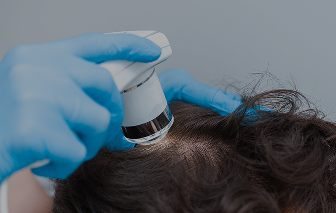
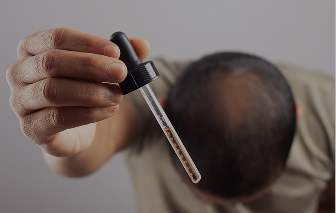


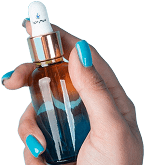
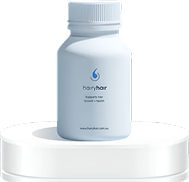
 See All
See All